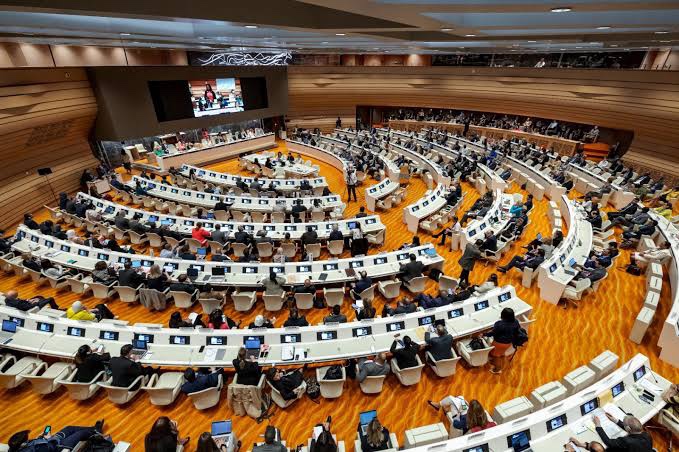Countries from around the world are returning to the negotiating table on Monday for a final round of discussions aimed at concluding a pandemic agreement. This session, seen as the last chance to finalize the accord, comes after earlier rounds failed to reach concrete conclusions.
The current version of the agreement is a trimmed-down draft with many contentious elements removed or set aside for future consideration. Negotiators have until May 10 to resolve key disagreements before the World Health Organization’s (WHO) annual assembly begins on May 27.
After two years of discussions, efforts to secure a landmark agreement on pandemic prevention, preparedness, and response reached a critical point with no firm results. As the clock ticks down, the 194 member states of the WHO will gather in Geneva to address unresolved issues. WHO Director-General Tedros Adhanom Ghebreyesus emphasized the urgency of the talks, stating, “The next pandemic is not a matter of if, but when. If a new pandemic began tomorrow, we would face many of the same problems we faced with Covid-19.” He stressed the importance of learning from the Covid-19 pandemic’s painful lessons to better prepare for future health crises.
The streamlined draft of the pandemic agreement, issued on April 16 by the Intergovernmental Negotiating Body (INB), is now 23 pages long, down from an earlier version that ballooned to over 100 pages. This reduction aims to focus on areas of likely consensus, leaving more complex topics for future discussions. The primary disputes among countries center on access and equity: ensuring equitable distribution of vaccines, treatments, and other pandemic-fighting products, as well as the means to produce them.
Non-governmental organizations have scrutinized the updated text, highlighting areas where they believe key provisions have been weakened or removed. K. M. Gopakumar, a senior researcher with the Third World Network, noted that the new draft lacks concrete deliverables on equity and does not establish legal obligations for predictable and sustainable access to pandemic-related resources. Similarly, the medical charity Doctors Without Borders (MSF) criticized the agreement’s obligations on technology transfer to poorer countries as weak. Other organizations, like the Drugs for Neglected Diseases initiative (DNDi), welcomed retained provisions ensuring equitable access to health tools created through publicly funded research, but emphasized that some important clauses had been diluted or omitted entirely.
The urgency of these negotiations has been underscored by recent WHO warnings about the potential threat of H5N1 bird flu, which could become a serious pandemic risk if it begins transmitting between humans. The INB is expected to take stock of the progress made by Friday to determine the path forward, with a focus on finalizing the agreement’s text by May 5. The final negotiations from May 7-10 will concentrate on preparing the resolution for approval at the World Health Assembly later in the month. WHO spokeswoman Margaret Harris remarked on the tight schedule, saying, “It’s a very fierce timeline.”
Despite the challenges ahead, there is cautious optimism among some diplomats involved in the talks. Tsegab Kebebew Daka, Ethiopia’s ambassador in Geneva, believes that the differences in the text are not insurmountable, while Australia’s ambassador, Amanda Gorely, called for a united effort to find consensus. The outcome of this final push will determine whether the WHO’s member states can reach an agreement that paves the way for a coordinated global response to future pandemics.

